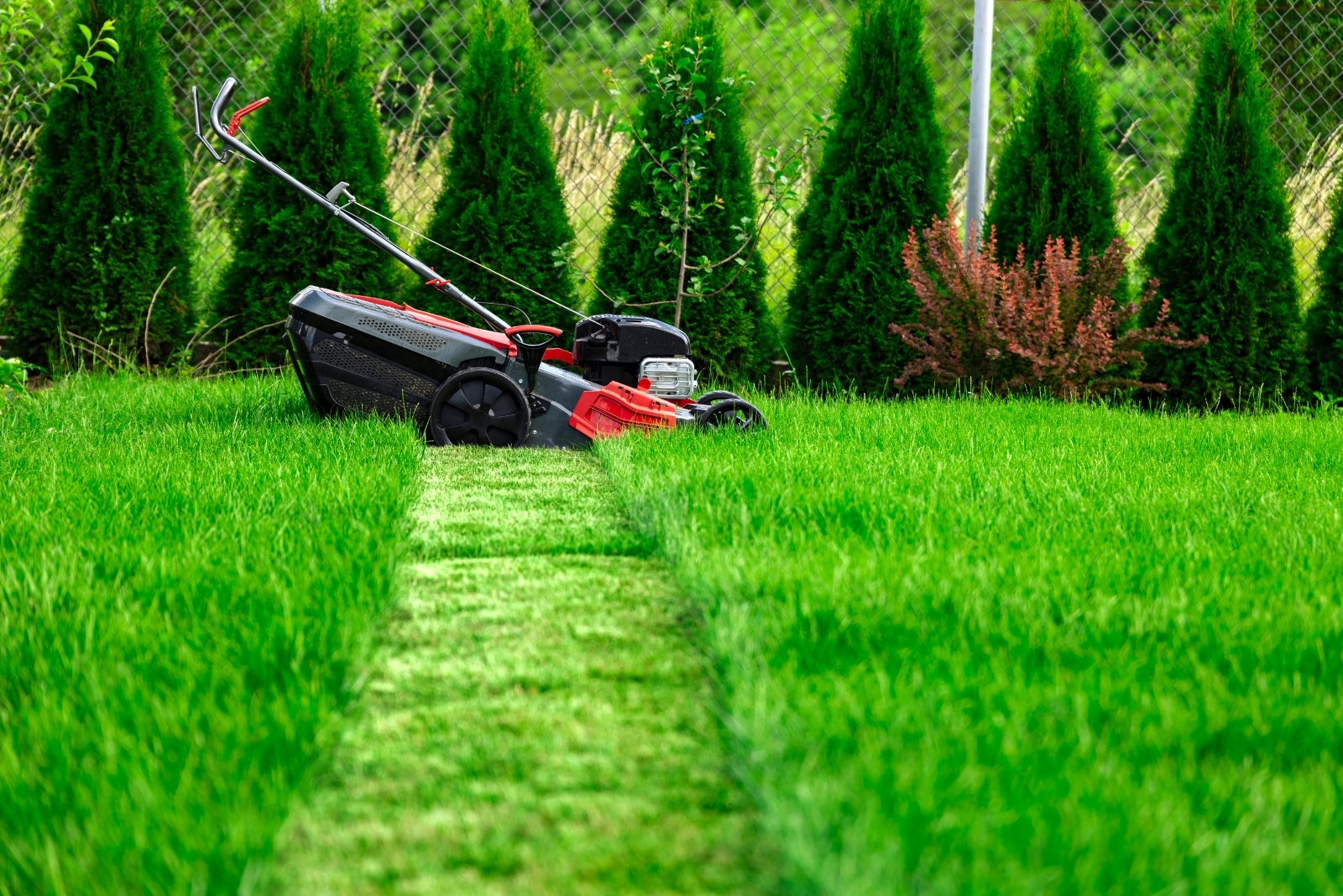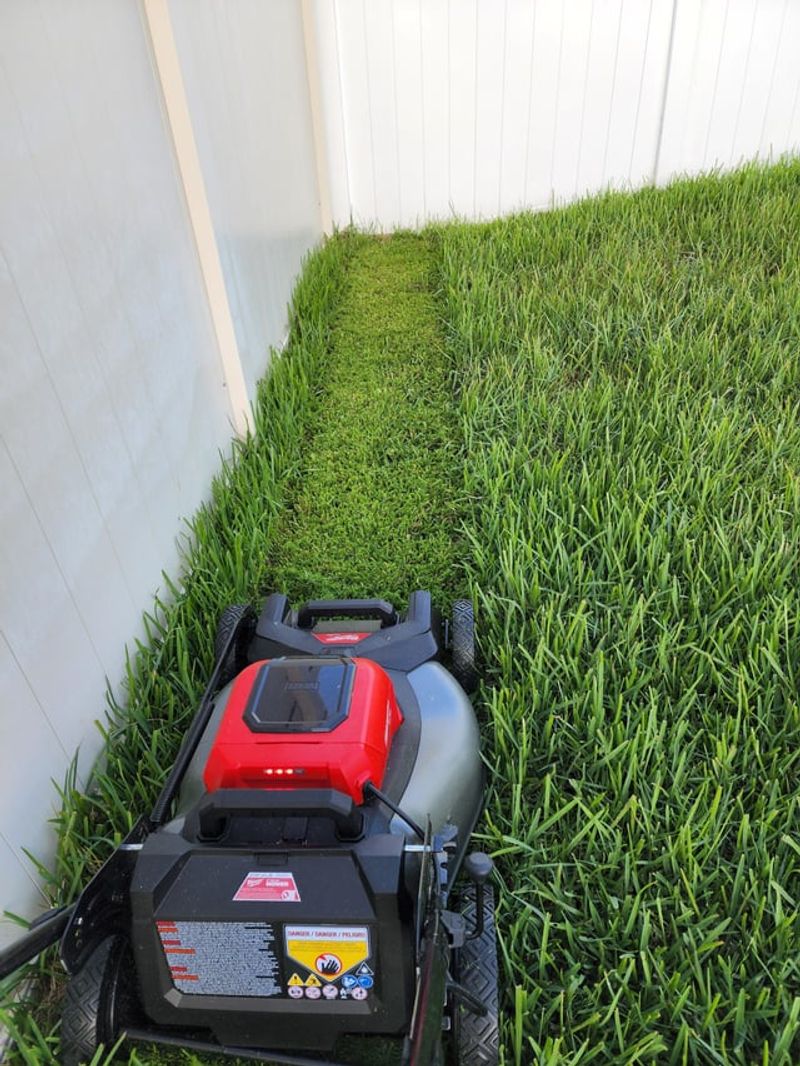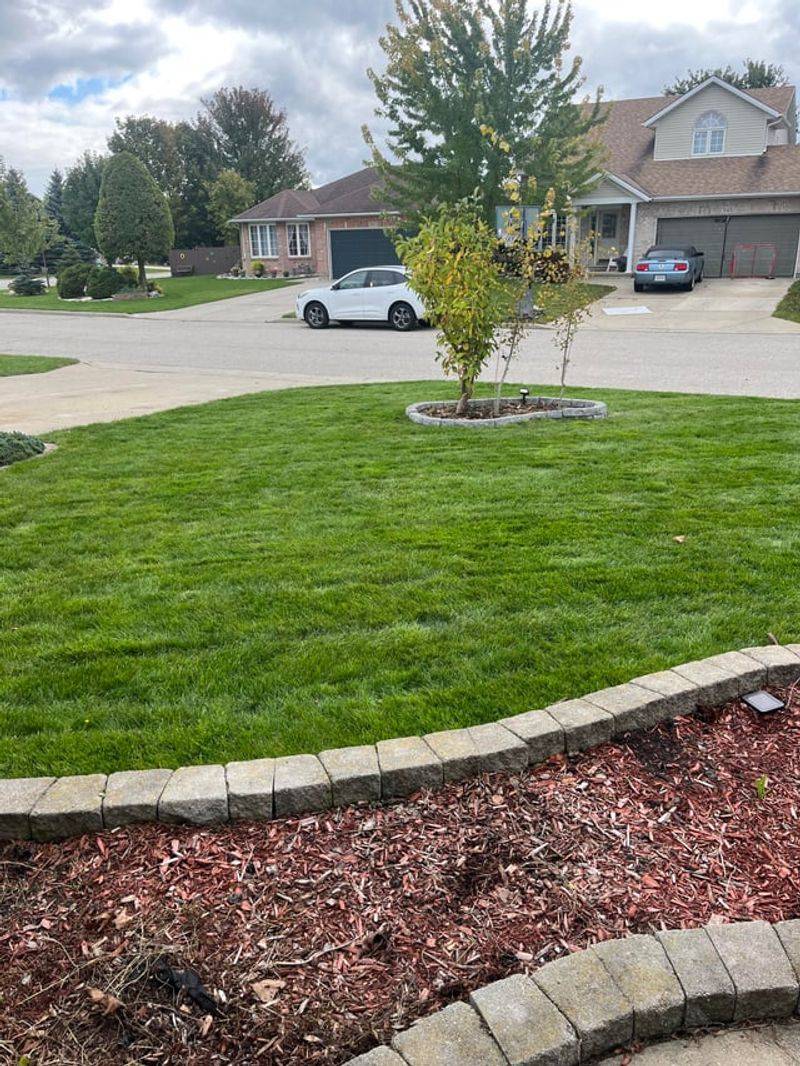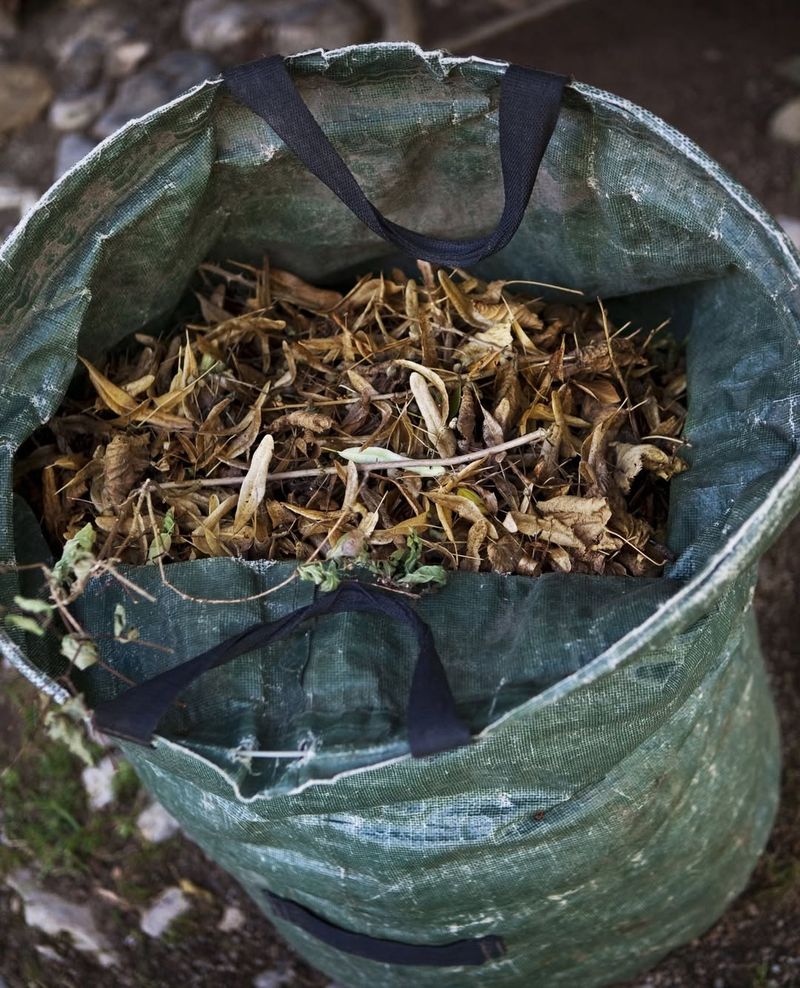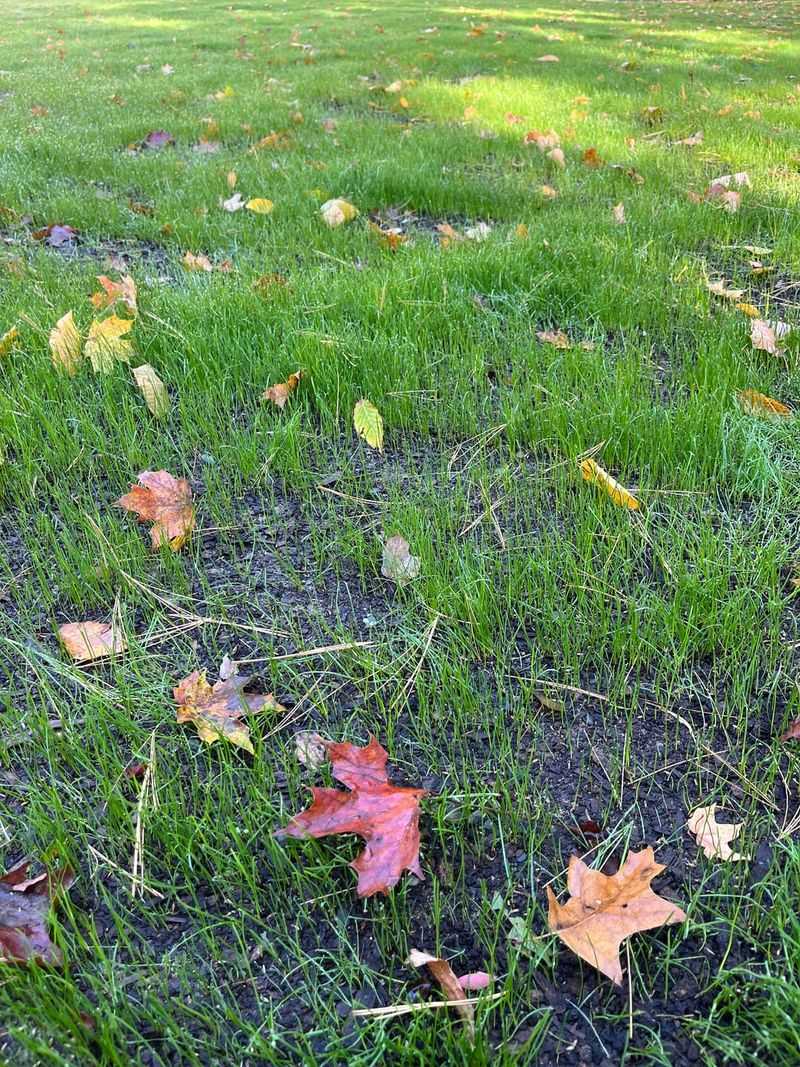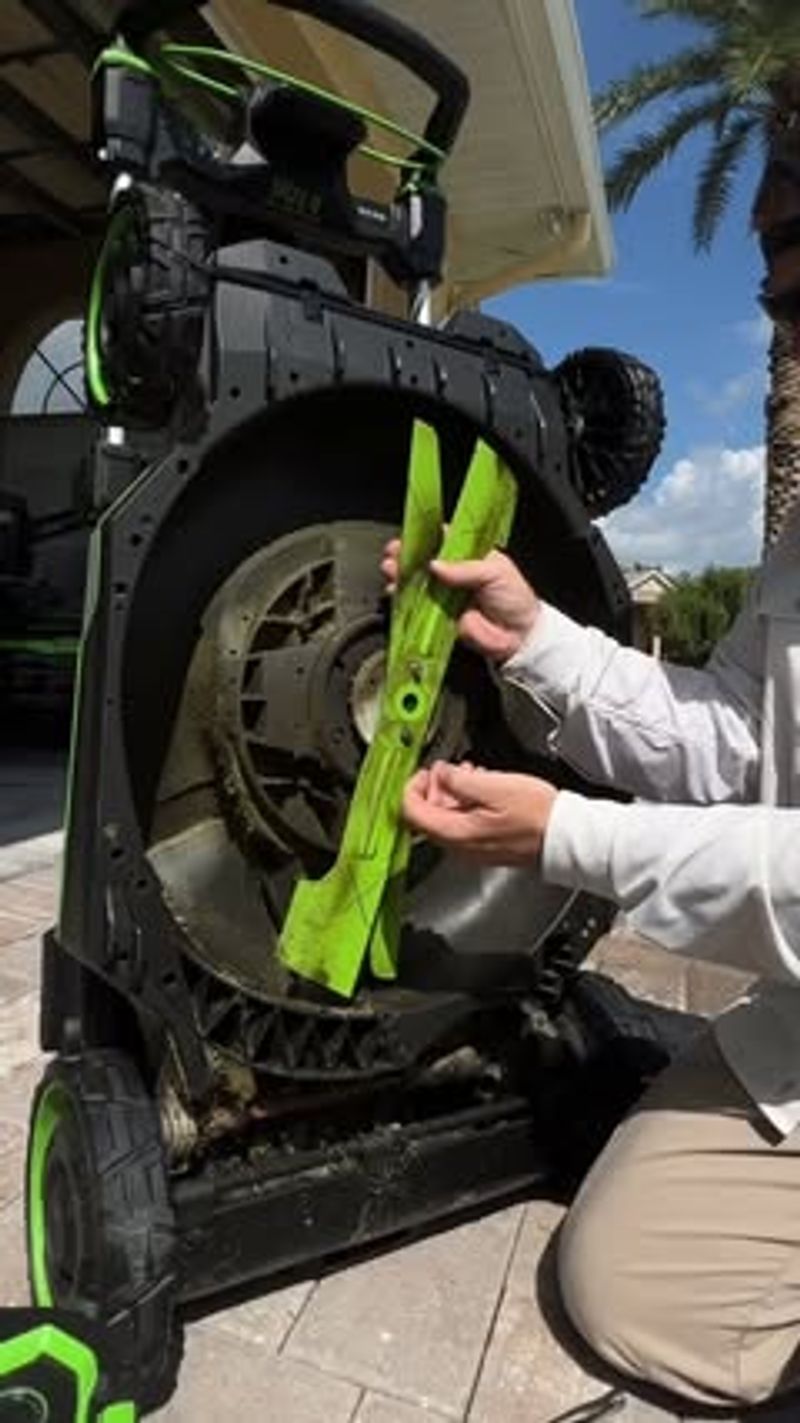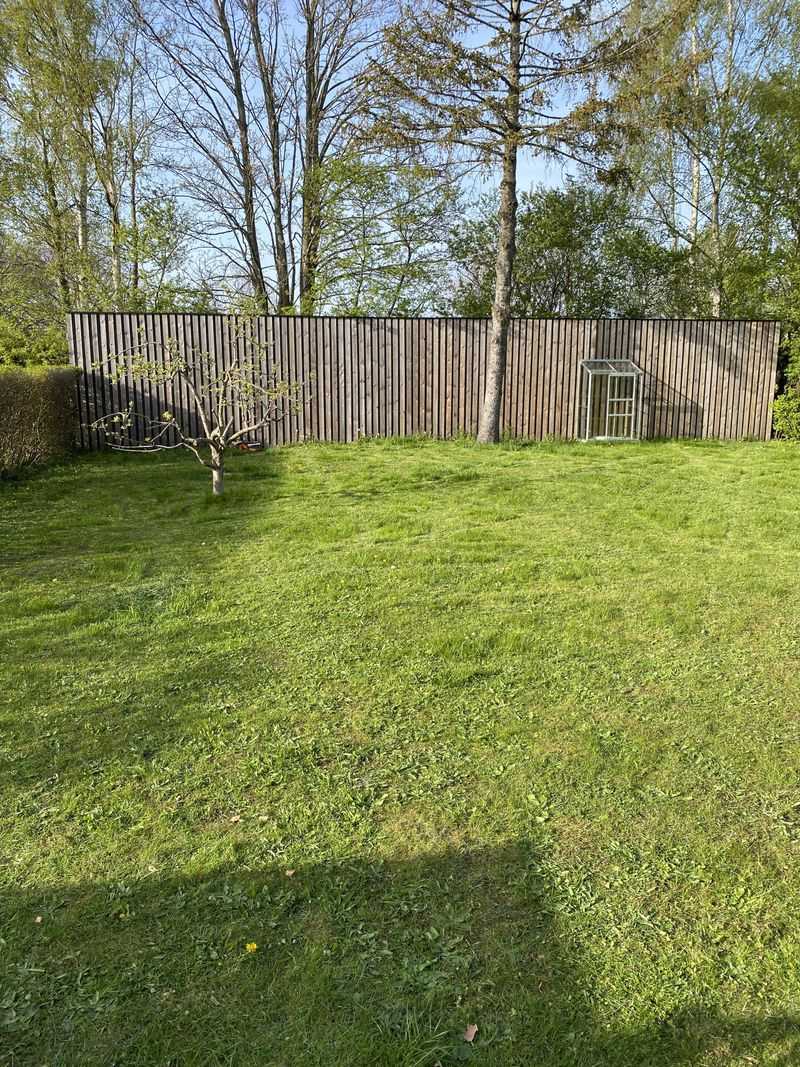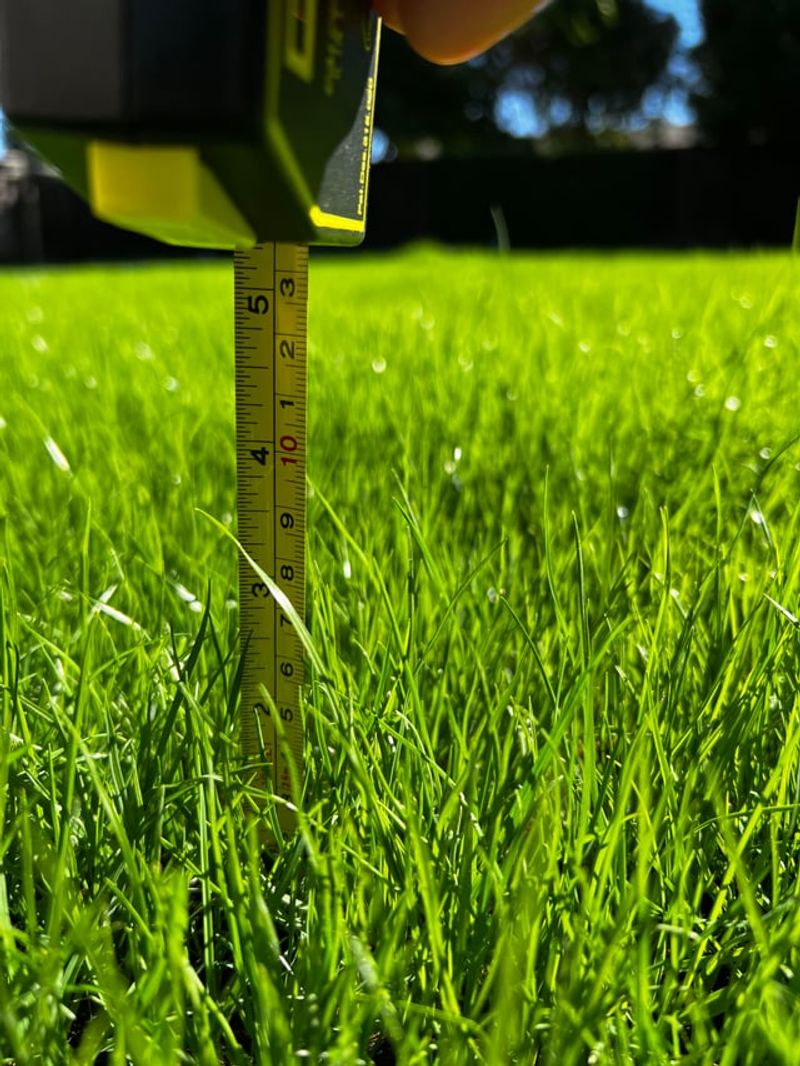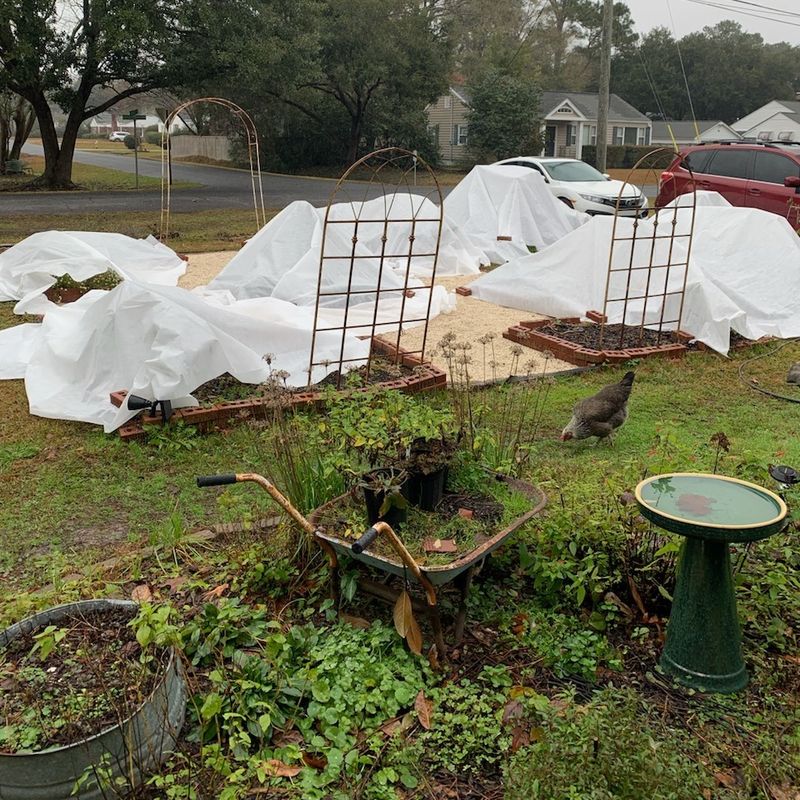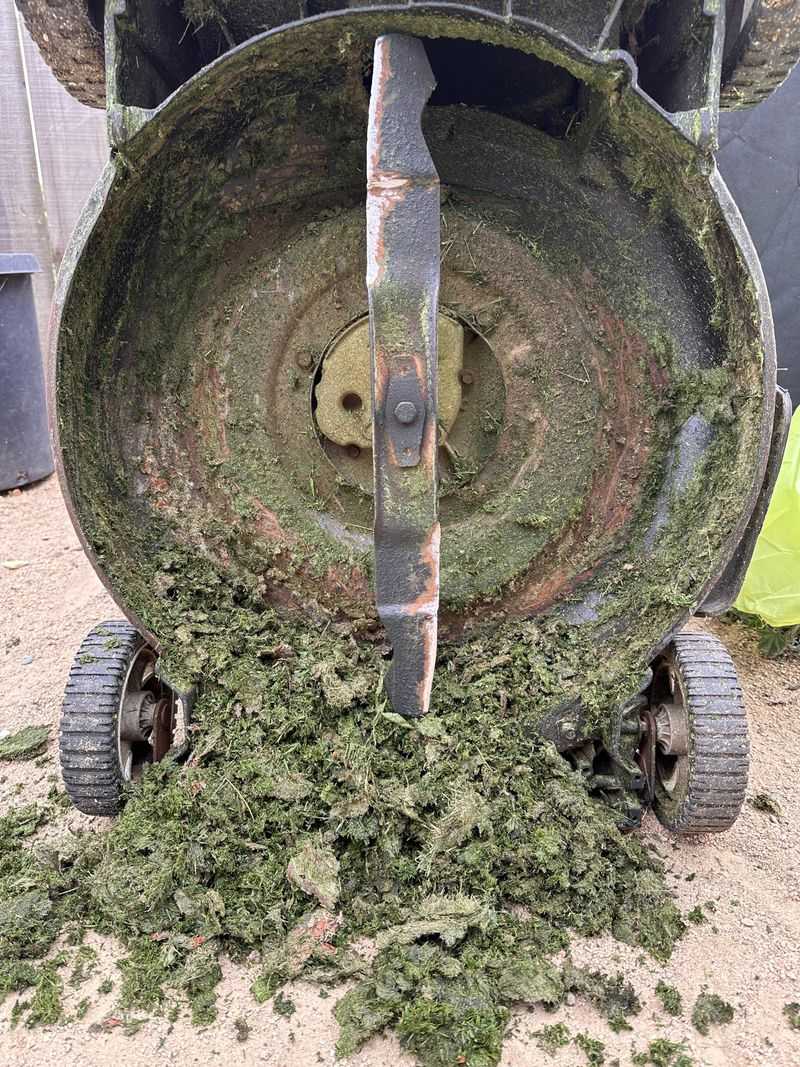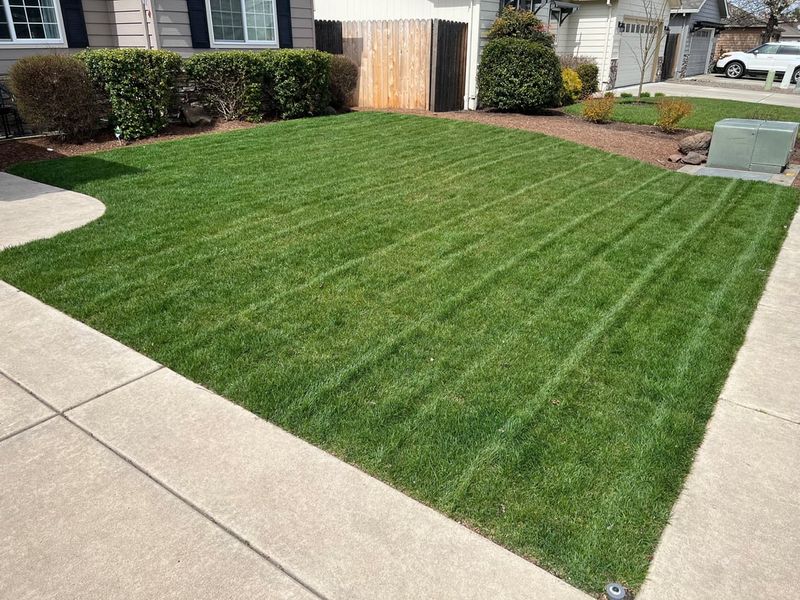October is a pivotal month for Pennsylvania lawns, and mowing plays a key role. The right height and schedule keep grass healthy through winter.
Little changes now pay off in spring. These 10 rules will make October mowing a breeze for Pennsylvania homeowners.
1. Adjust Your Mowing Height Gradually
Cooler temperatures mean your grass doesn’t grow as fast as it did in July. Pennsylvania lawns benefit from a slightly lower cut as October progresses, but don’t drop the blade all at once.
Lower your mower deck by about half an inch every week or two. This gradual approach prevents shock and keeps your grass healthy heading into winter.
2. Keep Mowing Until Growth Stops
Just because Halloween decorations are up doesn’t mean your mower goes into hibernation. Grass continues growing well into late October across Pennsylvania, especially during mild years.
Watch your lawn instead of the calendar. When blades stop growing noticeably between cuts, that’s your signal to finally put the mower away for the season.
3. Mulch Those Fallen Leaves
Raking leaves is exhausting, and Pennsylvania yards get buried under them every fall. Your mower can actually handle moderate leaf coverage while cutting grass at the same time.
Run over leaves with your mower to chop them into tiny pieces. These leaf fragments decompose quickly and feed your soil with valuable nutrients throughout winter months.
4. Mow When Grass Is Dry
October mornings in Pennsylvania often bring heavy dew and occasional drizzle. Wet grass clumps under your mower, clogs the deck, and creates an uneven cut that looks terrible.
Wait until afternoon when the sun has dried things out. Your mower will thank you, and your lawn will look professionally trimmed instead of choppy and patchy.
5. Sharpen Your Mower Blades
After months of cutting, your blades are probably duller than you think. Dull blades tear grass instead of cutting cleanly, leaving brown, frayed tips that weaken your lawn before winter.
Take time to sharpen or replace your blades this month. Pennsylvania lawns heading into cold weather need clean cuts to seal properly and resist disease during dormancy.
6. Change Your Mowing Pattern
Mowing the same direction every time creates ruts and compacts soil in wheel tracks. Your grass starts leaning one way, making it harder to get an even cut across your Pennsylvania yard.
Switch up your pattern each time you mow. Go diagonal one week, horizontal the next. This simple trick keeps grass standing upright and promotes healthier, more uniform growth.
7. Don’t Cut More Than One-Third
Even in October, the one-third rule still applies across Pennsylvania lawns. Cutting more than a third of the grass blade length at once stresses your lawn unnecessarily.
If your grass gets away from you between mowings, raise the deck and cut twice over a few days. This approach keeps roots strong and your lawn resilient through winter.
8. Watch for Frost Warnings
Frost becomes more common as October ends in Pennsylvania. Mowing grass when it’s frozen or covered in frost can seriously damage the blades and create dead patches.
Check the weather forecast before you mow. If frost hit overnight, wait until late morning when everything has thawed completely before you start your mower up.
9. Clean Your Mower Deck Regularly
Wet grass and leaf debris build up under your mower deck quickly during Pennsylvania’s damp October weather. This buildup reduces cutting efficiency and can harbor mold or rust.
After each mowing session, scrape out the underside of your deck. A clean mower cuts better, lasts longer, and will be ready to go when spring arrives again.
10. Prepare for Final Cut Properly
Your last mow of the season deserves special attention in Pennsylvania. Cut slightly shorter than usual—around two inches—to prevent snow mold and reduce places for pests to hide.
Make sure you’ve removed all debris, given your lawn one final fertilization, and mowed in a fresh pattern. This final cut sets the stage for your lawn’s spring comeback.

